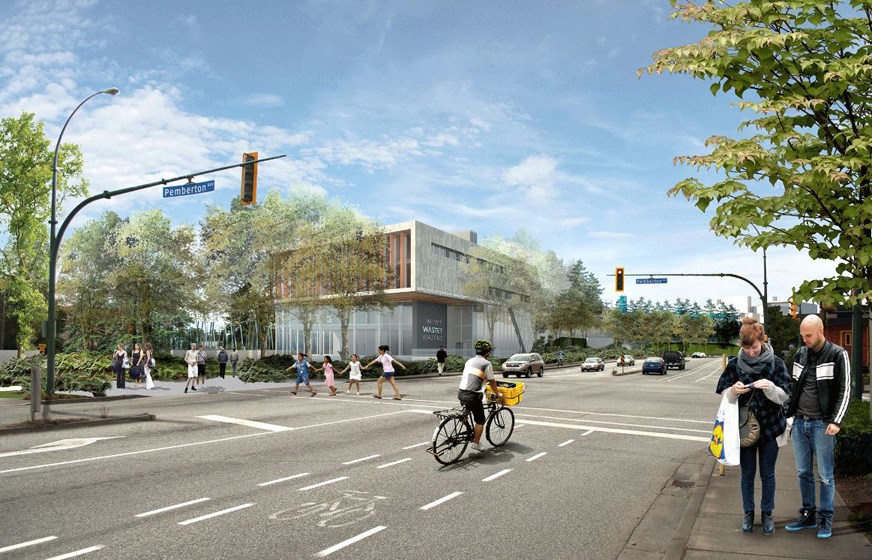Assume the position: the heat is on its way.
In an effort to ensure no warmth is wasted, City of North Vancouver council unanimously approved a plan to tap into the North Shore’s forthcoming $700-million sewage treatment plant, at Pemberton Avenue and West First Street.
“It’s a win-win all around,” said Coun. Rod Clark of the idea.
If all the hurdles can be cleared, the new plant would be equipped with a heat pump which would trap and transfer hot air to a Lonsdale Energy Corp. pipeline and ultimately heat homes in the City of North Vancouver.
LEC will likely apply for a $3.6-million loan from the city to pay for the pipeline needed to turn yesterday’s flush into tomorrow’s fuel. LEC is also slated to submit a rate increase application this fall.
Following council’s resolution July 24, Greater Vancouver Sewerage and Drainage District has until Oct. 5 to ensure the new plant includes a sewage heat recovery system.
LEC’s approximately $3.5-million pipeline would extend from the sewage treatment plant’s property line, cut through District of North Vancouver land and bypass Mackay Creek on a one-kilometre route back to its plant near the intersection of Fell Avenue and First Street.
For the arrangement to be financially viable, “a nearby customer” has to buy the energy, a Metro Vancouver report noted.
“It is worth noting that (the District of North Vancouver) has yet to provide its approval,” noted a staff report written by LEC director Ben Themens.
The District of North Vancouver must approve the arrangement before the agreement can be ratified in order to “minimize project risks,” Themens wrote. Building the heat recovery system may cost as much as $17.9 million, including BC Hydro infrastructure.
However, some of those costs could be paid for out of the treatment plant’s $700-million budget, according to Themens’ report.
When running hot and heavy, the system would have the potential to reduce annual greenhouse gas emission by more than 7,000 tonnes, largely by slashing LEC’s need for natural gas. During colder weather, a “substantial amount of the energy” stems from natural gas boilers, according to Themens’ report.
In 2016, LEC delivered 37,800 megawatt hours of energy to its customers. With between 20,000 and 30,000 MWh supplied by the new sewage treatment plant, LEC would increase its capacity by greater than 50 per cent while keeping discharged effluent out of Burrard Inlet.
LEC serves approximately 3,700 households clustered in Lower and Central Lonsdale, as well as Harbourside and
Marine Drive.
The new sewage treatment plant is set to be operational by New Year’s Eve 2020 at the latest. The 56-year-old plant on Bridge Road located on Squamish Nation land is scheduled to be decommissioned.



